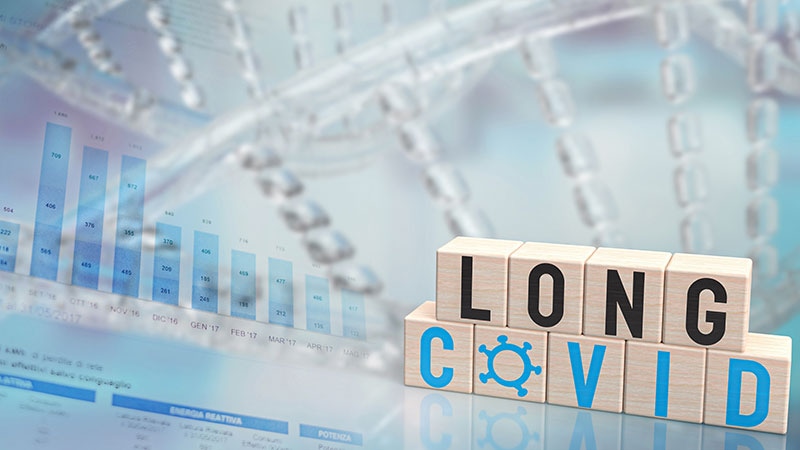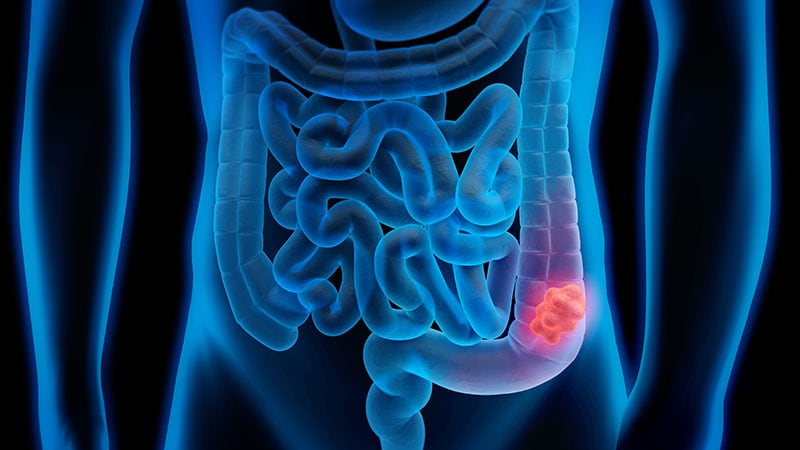These are the latest UK coronavirus stories you need to know.
Aerosol Boxes 'Increase Exposure to Airborne Particles'
Aerosol boxes are supposed to help reduce exposure to airborne particles but a new study finds some types, similar to those used in UK hospitals, can actually increase exposure.
The Australian study simulated aerosolisation with a volunteer holding a bottle of fluid under their mouth and coughing every 30 seconds.
Compared with using no device the aerosol box increased exposure to test particles by up to a factor of five over 5 minutes.
The study ispublished in the journalAnaesthesia.
The authors say: "The race to generate sustainable equipment to protect healthcare workers during intubation procedures in patients with suspected or proven COVID-19, particularly in settings where PPE supply is limited, has flooded the scientific community and social media with a variety of novel devices meant to contain potentially infectious aerosols produced by patients. Evidence for the safety and efficacy of these devices is lacking."
In May we reported on noone-size-fits-all in PPEaffecting women and people from ethnic minorities.
The issues raised have now been backed up in a study by Loughborough University and the University Hospitals of Leicester NHS Trusts published in thejournalAnaesthesia.
More than 400 clinicians were surveyed overuse of masks, visors, gloves, and glasses, and 72% of responses were from women, 28% from men.
- Safety glasses were a poor fit for 34%
- Visual difficulties were reported for safety glasses by 23%
- Problems with communication and hearing alarms, etc. were reported for surgical masks for 49%
- Reaching (gross motor) activities were restricted by surgical gowns with sleeves for 44%
Study lead Professor Sue Hignett from the Loughborough Design School commented: "Women reported significantly more difficulty with communication than men when wearing surgical masks and visors."
She added: "Firefighters have special training for working in PPE and are trained to manage fatigue and overheating.
"Our NHS staff do not seem to have been supported in this way and I am really worried that they have suffered avoidable occupational injuries."
A group of dementia organisations haswritten to the Prime Ministerasking for urgent action to allow relatives to safely visit care homes again.
A suggestion from One Dementia Voice is to give designated family carers access to care homes in line with key worker status, with access to PPE and regular testing.
The letter describes lack of access to the support of relatives as "the hidden catastrophe" of COVID-19.
It continues: "The sharp spike in excess deaths in care homes since the pandemic began is not just caused by the virus; there has also been a significant rise, 52%, in non-coronavirus-related deaths for people with dementia."
Last night England's Health Secretary Matt Hancock said visitors will be allowed into care homes "very soon".
In the week that the Chancellor promised 50% off restaurant bills during August,Office for National Statistics(ONS) data found 60% of people in Great Britain would be uncomfortable or very uncomfortable eating in restaurants indoors.
On the day holidays abroad are resuming to many destinations without quarantine on return, only 9% said they were likely to go on holiday abroad this summer, and 25% were likely or very likely to go on holiday in the UK.
Another 70% were uncomfortable or very uncomfortable about going to the cinema.
Although average anxiety levels have been falling since the peak of 5.2 at the end of March, this week saw an increase to 4 from 3.6 the previous week. The measure is on a scale of 0-10 where 0 is 'not at all anxious' and 10 is 'completely anxious'.
"While lockdown restrictions continued to be lifted, our survey shows people feeling cautious about going out and planning holidays," Hugh Stickland from ONS commented: "This ambivalence is reflected in the largest increase in average anxiety levels since their peak at the end of March."
Hairdressers, barbers, and most indoor tourist attractions will reopen in Wales from Monday, and more future easing measures have been announced.
From July 20, playgrounds, community centres, and outdoor gyms will be able to reopen gradually over the following weeks after safety checks and mitigation measures.
Other businesses told to prepare for reopening from 27 July are nail and beauty salons, tanning services, massage business, body piercing, tattooing, electrolysis, acupuncture, indoor cinemas, museums, galleries.
Tourist accommodation with shared facilities, including camp sites, would open from 25 July.
In Scotland, hairdressers and barbers will reopen on 15 July.
Gyms opened in Northern Ireland on Friday but its Chief Medical Officer Dr Michael McBride and Chief Scientific Adviser Professor Ian Young issued a warning over sticking to social distancing and handwashing.
"We have seen examples – from Leicester to Melbourne – where the virus has flared up again, leading to constraints being re-imposed on daily life.
"We must not think this could never happen here. It very much could," they wrote.
Another 48 UK COVID-19 deaths were announced on Friday, taking the total to 44,650.
Another 512 positive cases were reported on Friday taking the total UK confirmed cases to 288,133.
There were 160,970 tests processed on Thursday.
The UK'sR numberremains at 0.7-0.9.
The daily growth rate is -5% to -2%.
- R inScotlandis 0.6-1.0
- R inWalesis 'below 1'
- R inNorthern Irelandis 0.5-0.9
For England as a whole R is 0.8-1.0. Last week it was 0.8-0.9. Growth is -4 to -1.
For the English regions:
- East 0.7-1.0 growth -4 to +1 (low incidence and/or clustered outbreaks)
- London 0.7-1.0 growth -5 to +1 (low incidence and/or clustered outbreaks)
- Midlands 0.7-0.9 growth -6 to -2
- NEast/Yorks 0.7-1.0 growth -5 to -1 (low incidence and/or clustered outbreaks)
- North West 0.7-1.0 growth -5 to -1
- South East 0.8-1.0 growth -4 to 0 (low incidence and/or clustered outbreaks)
- South West 0.7-1.1 growth -6 to +1 (low incidence and/or clustered outbreaks)


